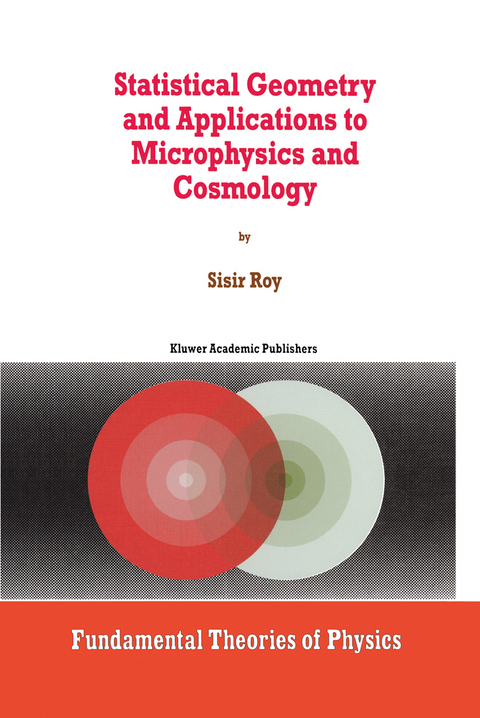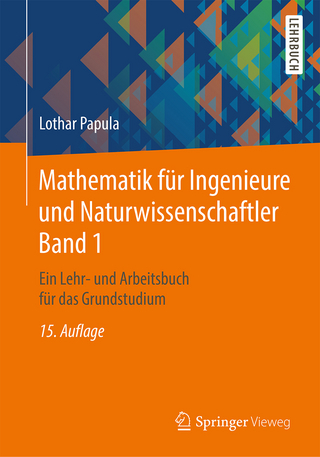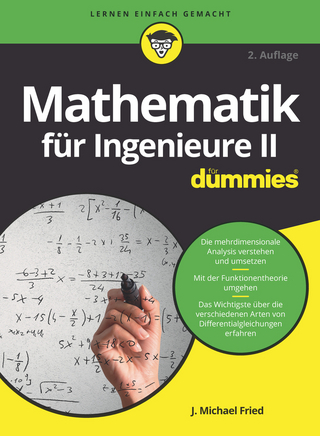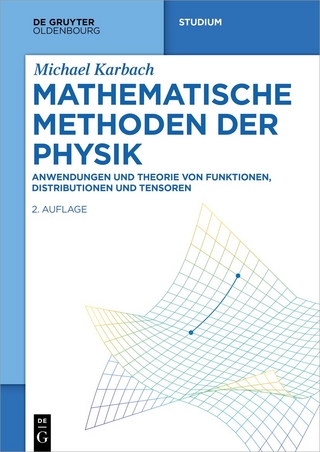
Statistical Geometry and Applications to Microphysics and Cosmology
Springer (Verlag)
978-0-7923-4907-5 (ISBN)
Recent results from high-energy scattering and theoretical developments of string theory require a change in our understanding of the basic structure of space-time. This book is about the advancement of ideas on the stochastic nature of space-time from the 1930s onward. In particular, the author promotes the concept of space as a set of hazy lumps, first introduced by Karl Menger, and constructs a novel framework for statistical behaviour at the microlevel. The various chapters address topics such as space-time fluctuation and random potential, non-local fields, and the origin of stochasticity. Implications in astro-particle physics and cosmology are also explored.
Audience: This volume will be of interest to physicists, chemists and mathematicians involved in particle physics, astrophysics and cosmology.
1 Introduction and Historical Survey.- 1.1 Introduction.- 1.2 Beginnings.- 1.3 Menger 1942.- 1.4 Rosen 1947.- 1.5 Mathematical developments 1956–1961.- 1.6 Blokhintsev and Takano 1960–1961.- 1.7 Random metrics.- 1.8 Ingraham 1966.- 1.9 New developments 1975 and later.- 2 Statistical Behavior of Microparticles.- 2.1 Microparticles and Quantum Mechanics.- 2.2 Fluctuation of Space-Time Metric.- 2.3 Decoherence in Quantum Mechanics.- 2.4 Frame dependence of Scattering Matrix.- 2.5 E-P-R Correlations.- 2.6 4? Periodicity of Spinor Wave Function.- 3 Space-Time Fluctuation and Random Potential.- 3.1 Introduction.- 3.2 Langrangian Mechanics.- 3.3 Lamb Shift and Hydrogen Atom.- 3.4 Fifth Force.- 3.5 Origin of Quantum Potential.- 3.6 Quantum Statistics and Random Trajectories.- 3.7 Quark Confinement.- 4 Non-Local Fields.- 4.1 Extended Elementary Objects.- 4.2 Internal Variable and Fluctuation of Space-Time Metric.- 4.3 Quantum Geometry.- 4.4 Probabilistic Finsler Geometry.- 4.5 Local Heat Energy and Local Temperature.- 5 Astro-Particle Physics.- 5.1 Acceleration Mechanism.- 5.2 Highest Energy Cosmic Ray Spectrum.- 5.3 Propagation of Light in a Dissipative Maxwell Vacuum.- 6 Einstein Equation for Gravitational Field.- 6.1 Einstein Equation and Fluctuation of g?v.- 6.2 Turbulent Gravitational Field and Cosmological Issues.- 6.3 Possible Implications.- 7 Origin of Stochasticity.- 7.1 Introduction.- 7.2 Random Zero-Point Field.- 7.3 Stochastic Strings.- 7.4 New Correspondence Principle.- 7.5 Stochastic Background Force and Origin of Quantization.- 8 Possible Implications.- 8.1 Prologue.- 8.2 Quantum Fluctuation.- 8.3 Limitations of the Measurement of Space-Time Distances.- 8.4 Relativistic Cosmology and Time Singularity.- 9 Epilogue: New Dialogue of Man With Nature.- 9.1Fuzziness in Space-Time.- 9.2 Spontaneity, Order and Wholeness.
| Reihe/Serie | Fundamental Theories of Physics ; 92 |
|---|---|
| Zusatzinfo | XI, 251 p. |
| Verlagsort | Dordrecht |
| Sprache | englisch |
| Maße | 170 x 244 mm |
| Themenwelt | Mathematik / Informatik ► Mathematik ► Angewandte Mathematik |
| Mathematik / Informatik ► Mathematik ► Geometrie / Topologie | |
| Naturwissenschaften ► Physik / Astronomie ► Allgemeines / Lexika | |
| Naturwissenschaften ► Physik / Astronomie ► Theoretische Physik | |
| ISBN-10 | 0-7923-4907-5 / 0792349075 |
| ISBN-13 | 978-0-7923-4907-5 / 9780792349075 |
| Zustand | Neuware |
| Haben Sie eine Frage zum Produkt? |
aus dem Bereich


